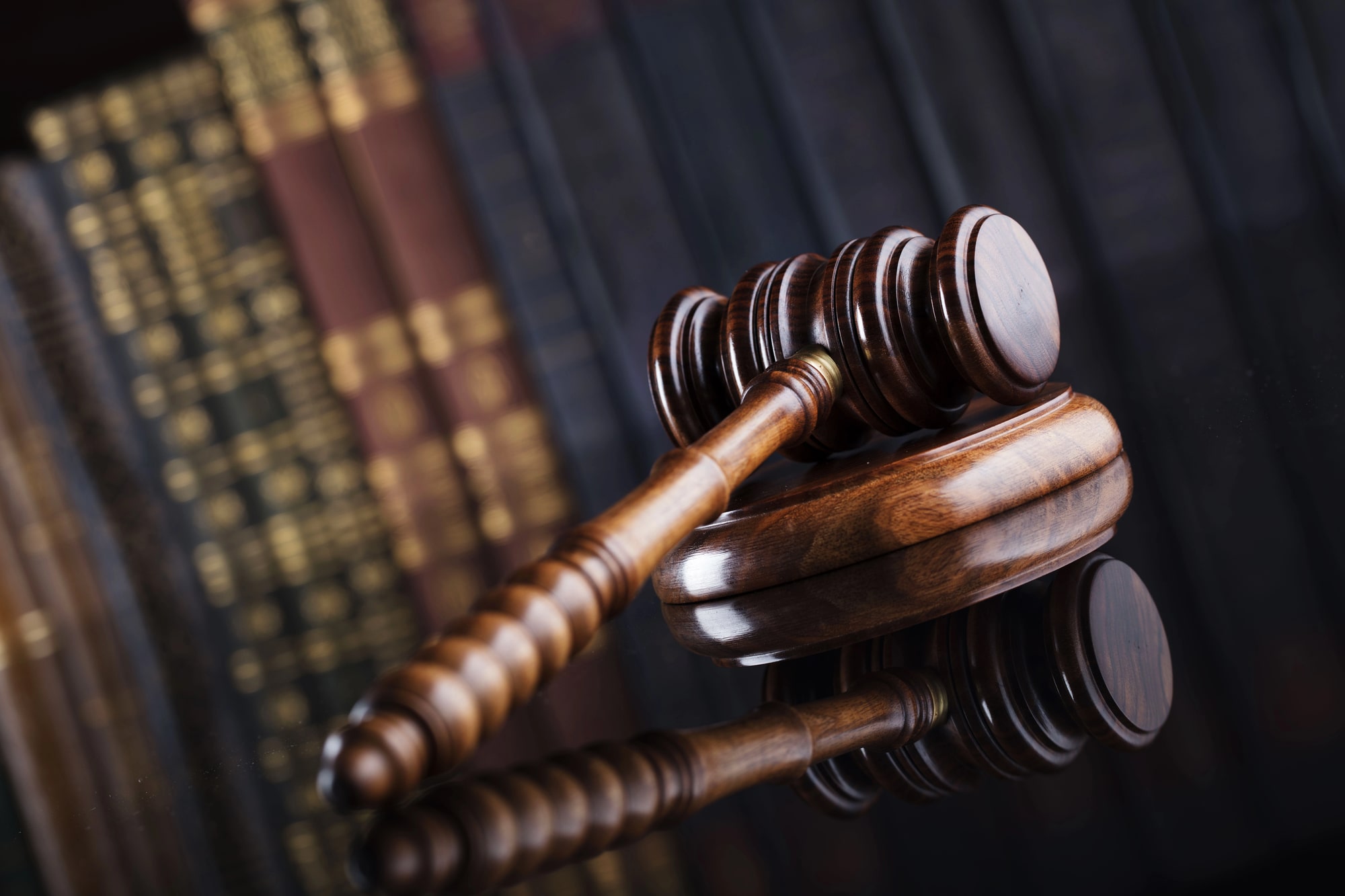The Concept Of Fault In A Car Accident Case

How Fault Is Determined In A Car Accident Case
After a car crash, one of the most important steps is figuring out who is at fault. Determining responsibility helps decide which driver’s insurance will cover damages and how compensation is handled. According to our West Valley City, UT car accident lawyer, this process involves several steps and types of evidence that help build a clear picture of what happened.
What Fault Means In An Accident Case
Fault refers to the degree of responsibility each driver holds for causing the accident. Sometimes one driver is entirely responsible, while other times both drivers share a percentage of blame. States follow different rules for fault; some use “at-fault” systems where the person responsible pays for damages, while others rely on “no-fault” insurance, where each driver’s insurer covers their own losses regardless of who caused the crash.
Common Factors That Influence Fault
Insurance adjusters, attorneys, and investigators look at several important factors when deciding who is responsible for a car accident. They start by reviewing traffic laws and any violations that may have occurred, such as running a red light, speeding, or failing to yield. Police reports are another key source, as they often include details about the crash scene, witness statements, and any citations issued. Independent witnesses can help confirm how the collision happened, while the damage to each vehicle and any skid marks on the road provide physical clues about impact points and speed. In many cases, photos or videos from dashcams, traffic cameras, or bystanders also play a major role by showing the exact sequence of events. Each of these elements helps investigators piece together what happened and determine who should be held accountable.
The Role Of Evidence And Investigation
Proving fault requires careful investigation. Insurers gather statements, photographs, and physical evidence from the scene. Sometimes accident reconstruction specialists are used to recreate the event using physics and witness data. The more detailed the evidence, the stronger the case becomes when assigning responsibility.
We also look at background factors like weather, visibility, and whether road conditions may have contributed to the crash. Each piece of information helps form a clearer understanding of how the collision occurred.
Why Legal Guidance Matters
While insurance companies conduct their own investigations, their priority is often minimizing payouts. That’s why working with a qualified attorney can help protect your rights and ensure that evidence is reviewed fairly. With over twenty-five years of experience, our team can attest that having professional support often leads to stronger cases and more accurate fault determinations.
Moving Forward After A Crash
Determining fault is a key part of the recovery process after a car accident. The right information and support make it easier to move forward and get the compensation you deserve.
If you’ve been in a car crash and need help understanding how responsibility is determined, reach out to our team at Acadia Law Group PC today for a free consultation. We can review your situation, explain your options, and help guide you through each step toward resolution.

